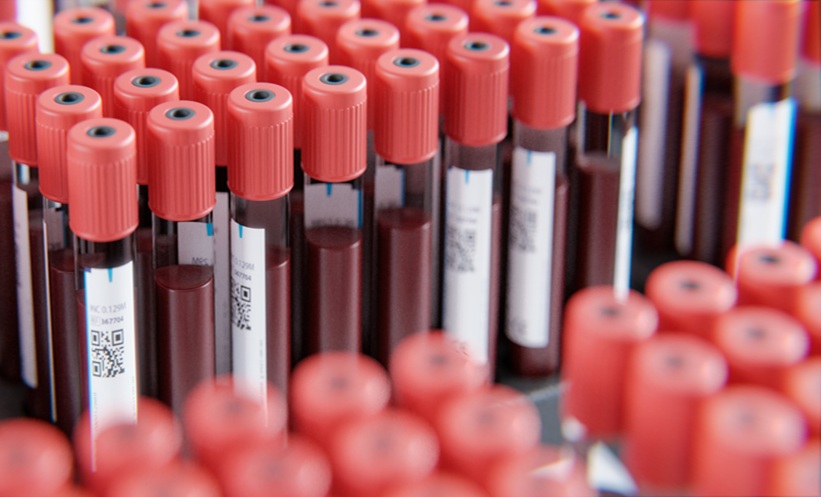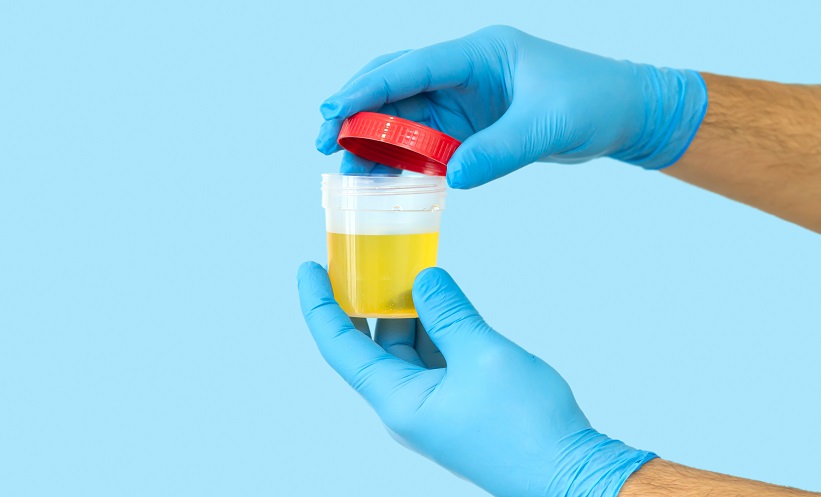Abstract
There is a trend for the increased adoption of minimally invasive techniques of radical prostatectomy (RP) – laparoscopic (LRP) and robotic assisted (RARP) – from the traditional open radical retropubic prostatectomy (ORP), popularised by Partin et al. Recently there has been a dramatic expansion in the rates of RARP being performed, and there have been many early reports postulating that the learning curve for RARP is shorter than for LRP. The aim of this study was to review the literature and analyse the length of the LRP learning curves for the various outcome measures: perioperative, oncologic, and functional outcomes. A broad search of the literature was performed in November 2013 using the PubMed database. Only studies of real patients and those from 2004 until 2013 were included; those on simulators were excluded. In total, 239 studies were identified after which 13 were included. The learning curve is a heterogeneous entity, depending entirely on the criteria used to define it. There is evidence of multiple learning curves; however the length of these is dependent on the definitions used by the authors. Few studies use the more rigorous definition of plateauing of the curve. Perioperative learning curve takes approximately 150-200 cases to plateau, oncologic curve approximately 200 cases, and the functional learning curve up to 700 cases to plateau (700 for potency, 200 cases for continence). In this review, we have analysed the literature with respect to the learning curve for LRP. It is clear that the learning curve is long. This necessitates centralising LRP to high volume centres such that surgeons, trainees, and patients are able to utilise the benefits of LRP.
Please view the full content in the pdf above.







